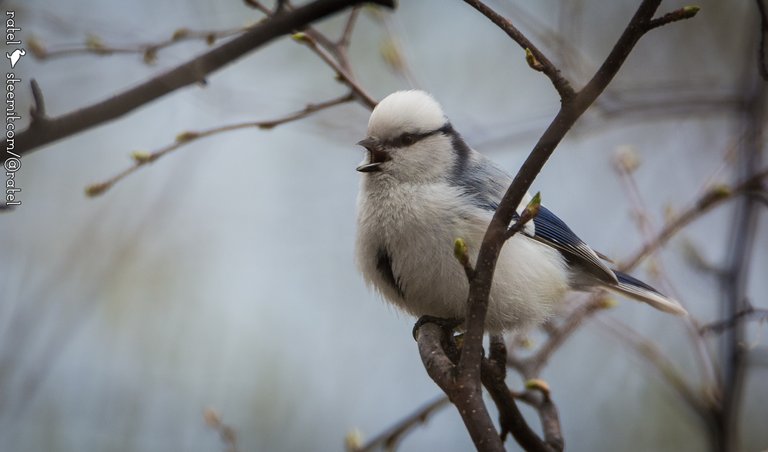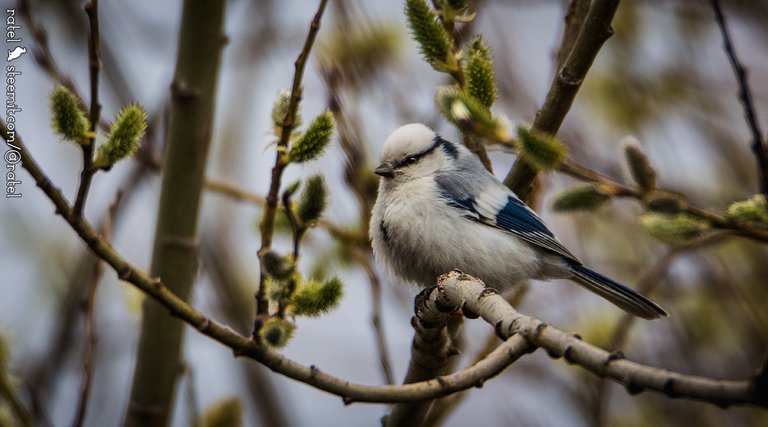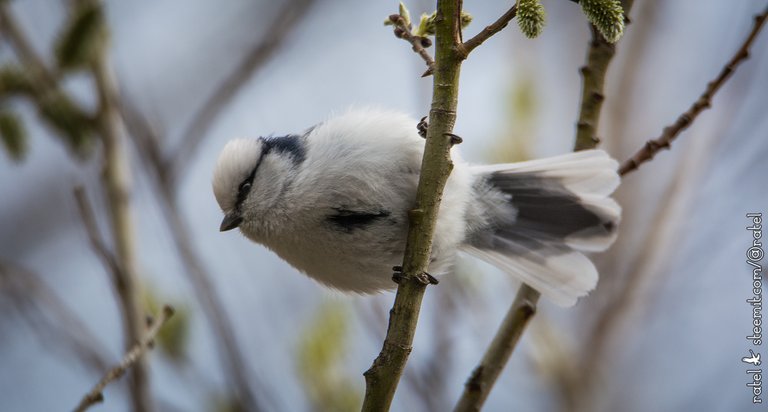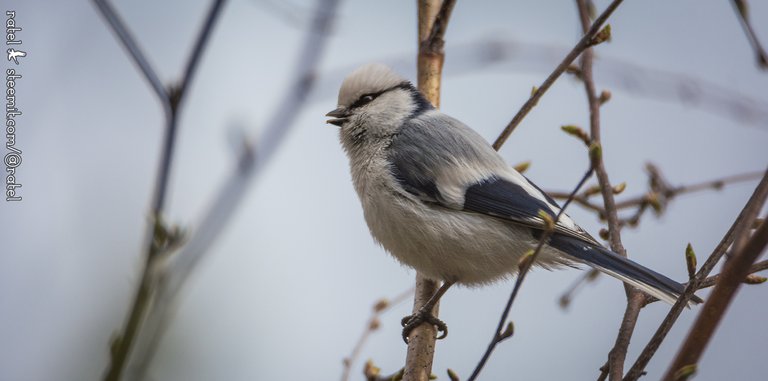
🦉 The azure tit (Cyanistes cyanus)
📚 Cyanistes kyaneos (Greek), cyaneus (Latin) dark blue
📚 cyanus Greek: kyanos dark blue

Unfortunately, blue titdo not live in our region, for some reason I do not understand. But their closest relatives live - azure tit.
And it is not surprising that the books say that this species is more herbivorous than the blue tit, because in Siberia winter lasts about 5 months. The bird has to eat plant foods during this period.

It is very rare to meet her in my city (more precisely, on the outskirts), but in 2018 I met her very often. The bird is rare, and this is due to the fact that it chooses nesting sites near water bodies. She loves dense willow uremes and reed thickets along the banks of rivers and lakes. The proximity of water in summer is absolutely necessary for these birds.


@tipu curate
Upvoted 👌 (Mana: 8/18) Liquid rewards.
Красавица! Но я таких тоже у нас не встречал.
Кстати, весна? или фото не этого года?
Да, весна, и фото старое)
I really like this tit species
Great job👍
That's a species we don't have in Portugal; loved the timing on the first photo!